The Spoonbill is a unique aquatic bird with an odd-shaped, flattened beak. Its beak, or “bill,” is narrow and flat, and flares at the end much like a spoon. There are six different species of Spoonbills, all with this unique bill shape. These birds vary slightly in appearance from species to species, and live across most of the world. Read on to learn about the Spoonbill.
Description of the Spoonbill
Spoonbills have long, flattened beaks and moderately long necks. They also have long, featherless legs, which they use to wade through shallow waters. Their feathers, also known as “plumage,” are mostly white across all species. The exception to this rule is the Roseate Spoonbill, which has pink feathers. Most species of these birds stand about two and a half feet tall.
Interesting Facts About the Spoonbill
The various species of these birds live across every continent in the world, with the exception of Antarctica. They are widespread and common birds, which live in a variety of regions. Learn more about some individual species of Spoonbills below.
- Roseate Spoonbill – The Roseate Spoonbill is the oddball in this bird family. While all the other species have white plumage, Roseate Spoonbills are brilliant shades of pink. Just like flamingos, this species gets its pink color from the shrimp and small invertebrates that it eats.
- Royal Spoonbill – This species lives in Australia, New Zealand, and some of the surrounding islands. Outside of the breeding season, they look similar to other Spoonbill species. However, during the breeding season, this species grows a beautiful crest of white feathers on the back of its neck. Males lift these feathers into the air in an attempt to impress potential mates.
- African Spoonbill – The African Spoonbill lives in Africa and Madagascar. These white birds differ from other species of this bird only slightly. Other species usually have black bills and legs. The African species have red skin on their legs and faces.
- The Rest of The Family – In addition to the three species described above, there are three other species of Spoonbills. The remaining species are the Eurasian, Black-Faced, and Yellow-Billed.
Habitat of the Spoonbill
Most species of these birds live in similar habitat types. They are aquatic birds, and usually inhabit shallow waters where they can wade in search of food.
Though they usually live in fresh water, they also live in salt and brackish water systems as well. Some of their preferred habitats include marshes, wetlands, mangroves, swamps, lakes, ponds, and mud flats.
Distribution of the Spoonbill
The various species of Spoonbills live virtually across the world. As a group, they are incredibly widespread birds. Some species, like the Roseate Spoonbill, have smaller ranges.
Other species, like the Eurasian Spoonbill, live across a vast expanse of area, in this case much of Europe and Asia. Different species of these birds live in North America, Central America, South America, Australia, Europe, Asia, Africa, and more.
Diet of the Spoonbill
These birds have highly specialized bills, which they use to catch food. While hunting, they wade through shallow waters and sway their bills back and forth through the water and mud. When they feel a potential meal, they snatch it up in their beak.
these birds eat a variety of different foods, including small fish, snails, insects, shrimp, crabs, and some plants. Different species feed on different types of prey, but most Spoonbills are opportunistic and feed on just about anything they can catch.
Spoonbill and Human Interaction
Human interaction with Spoonbills varies based on the region. Direct conflict is minimal, because these birds do not usually eat the same types of fish that we utilize. However, prior to regulation, humans hunted these birds extensively.
Some species in particular suffered more than others. Nowadays, nearly every species of Spoonbill has stable populations. The IUCN lists five of the six species as least concern. They list the sixth, the Black-Faced Spoonbill, as Endangered, primarily due to habitat loss.
Domestication
Humans have not domesticated any species of Spoonbill in any way.
Does the Spoonbill Make a Good Pet
No, these birds do not make good pets. We’re starting to sound like a broken record by this point but, any animal that primarily eats fish has quite foul-smelling feces. Cleaning up Spoonbill poop is not fun work, and definitely not something you want to do in your house! In most places, it is also illegal to own this bird as a pet.
Spoonbill Care
Most Spoonbills in zoos live there because they cannot survive in the wild. Human conflicts are frequently detrimental to these birds, and sometimes people injure them so badly that they can no longer capture food, fly, walk, see, or any combination of the above.
In those cases, zoos and aquariums adopt these birds and give them a permanent home and lots of free fish and veterinary care. In return, the birds simply look cute, and the zookeepers use them as ambassadors to educate people about their wild counterparts.
Behavior of the Spoonbill
This bird’s social behavior varies from species to species. Some species are mostly solitary while they feed, while others live in groups known as flocks. Regardless of the species, when the breeding season arrives, flocks of Spoonbills congregate in large numbers to reproduce.
Most species mate with a single partner per breeding season, and choose a new partner the next. Some species reproduce in colonies with other species of birds as well.
Reproduction of the Spoonbill
Reproductive rates vary from species to species. For the most part, these birds only lay a few eggs rather than large clutches. Most females lay two or three eggs, and incubate them for three or four weeks.
Males help care for the chicks, and sometimes participate in incubation depending on the species. It takes the chicks around four or six weeks to begin leaving the nest and flying on their own.

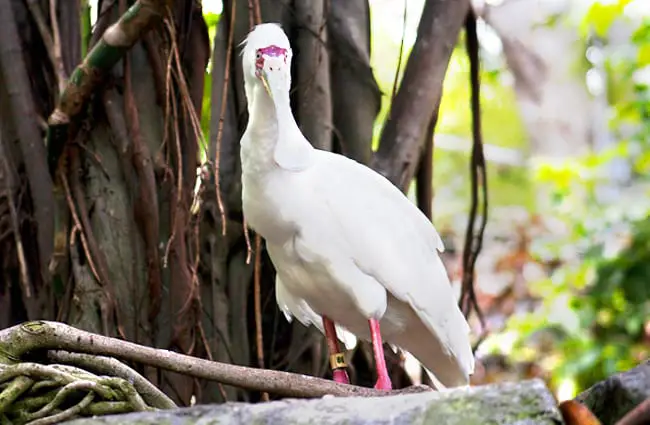

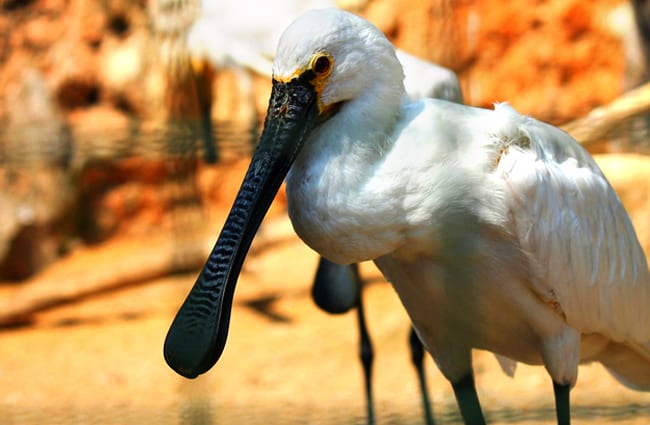
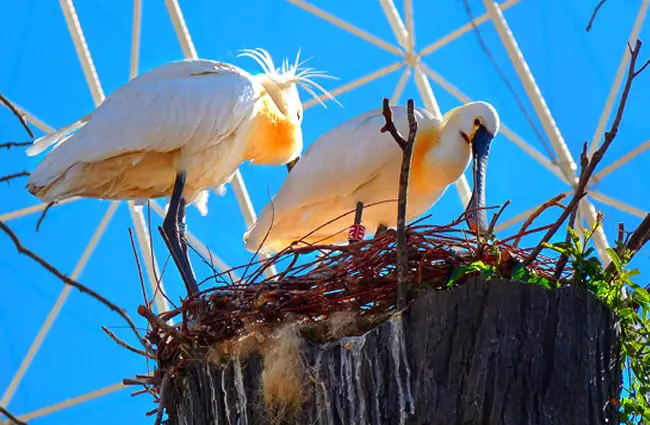
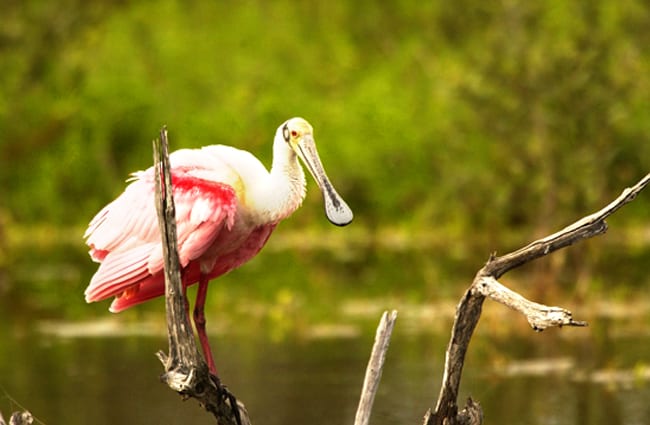
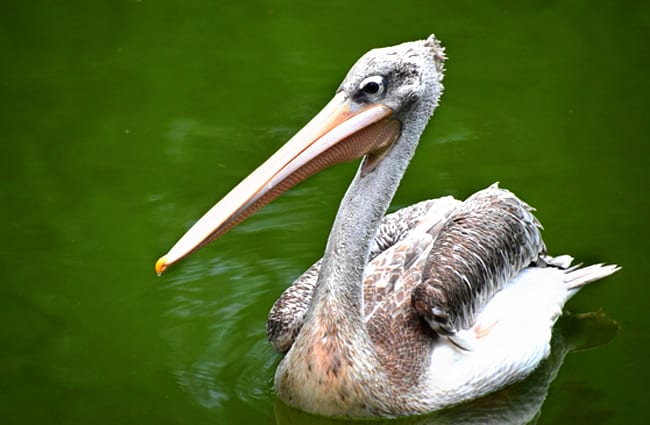

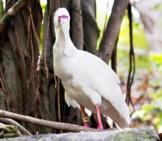
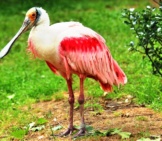



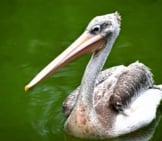

![Red Angus Closeup of a beautiful Red Angus cowPhoto by: U.S. Department of Agriculture [pubic domain]https://creativecommons.org/licenses/by/2.0/](https://animals.net/wp-content/uploads/2020/03/Red-Angus-4-238x178.jpg)


![Red Angus Closeup of a beautiful Red Angus cowPhoto by: U.S. Department of Agriculture [pubic domain]https://creativecommons.org/licenses/by/2.0/](https://animals.net/wp-content/uploads/2020/03/Red-Angus-4-100x75.jpg)

